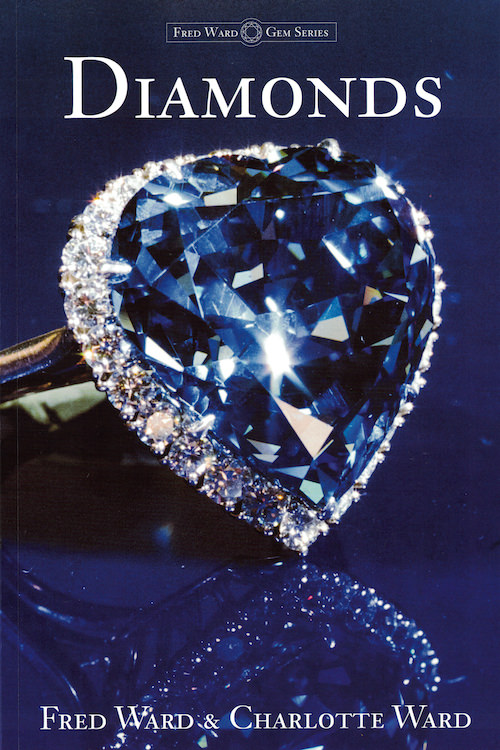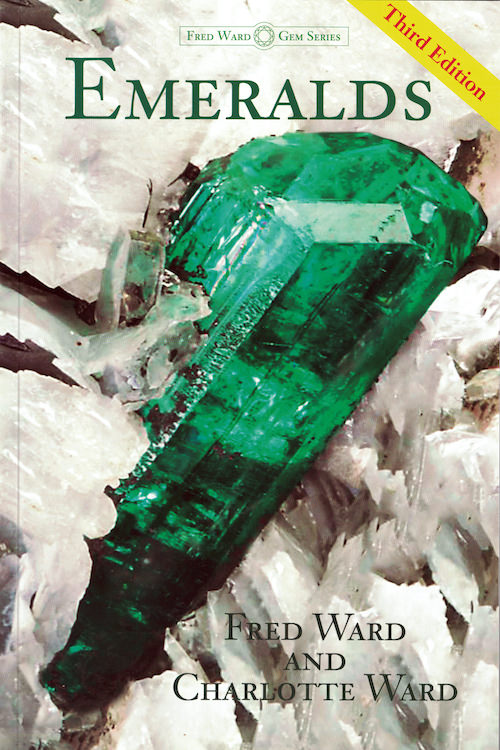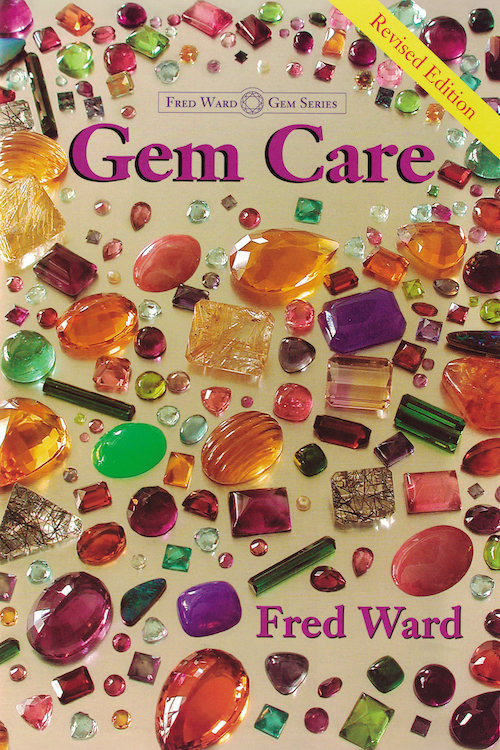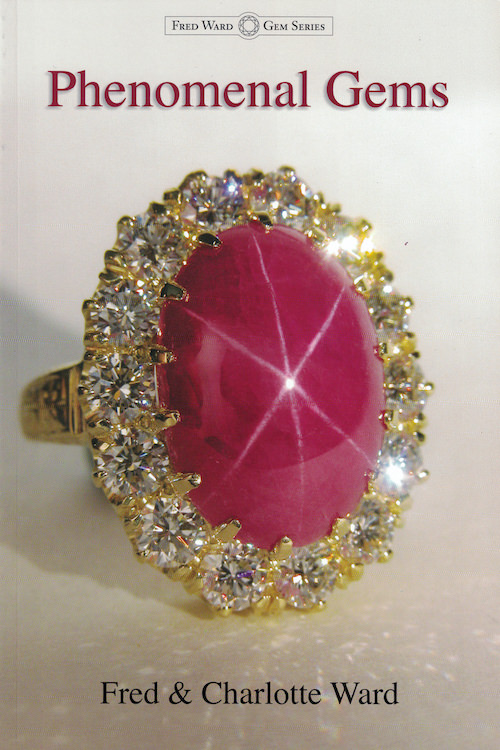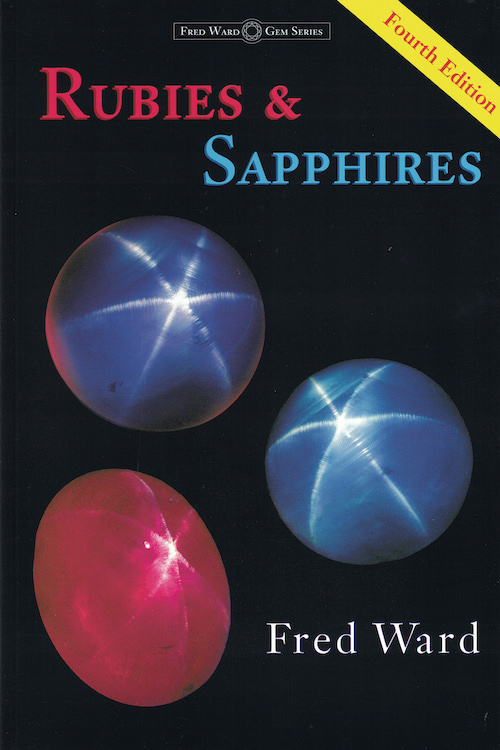Opals
Nature’s Fireworks…the Queen of Gems
Opals are the most spectacular and valuable of the “phenomenal” gemstones, the jewels that do tricks. Not only is each opal unique but also many of them display vibrant spectral colors that the term “play-of-color” was created to describe. Colors seem to dance across the surface of opals, lightning flashes to delight the eye.
Australia provides more than ninety percent of the world’s gem opal. Before a series of incredible discoveries throughout the 1800s, the only reliable commercial opal source was traditionally part of Hungary and is now located in the Slovak Republic. That historic mining area closed in 1922. Mexico produces red fire opals. Ethiopia finds in the mid-1990s introduced a variety of colors to the market, including some rich red and brown undertones. Because of the percentage of water present in the pores of the material, many Ethiopian stones are treated to prevent cracking. The African opals are not as plentiful as the Australian gems, and Australian opals sell for a premium. Australia supplies almost all of today’s gem opal market.
Black Opal
Within Australia three opal varieties dominate mining and sales: black opal; boulder opal; and light (or white) opal. Unlike black diamonds, black pearls, black sapphires, or black onyx, black opals are not really black. They are opals that have a sufficiently dark body tone to dramatically set off the gem’s play-of-color.
Black opal is the most expensive of Australia’s opal types, but most does not find a home in the traditional markets of the USA and Europe. Instead, the majority of fine black opals sell to Japanese, Hong Kong Chinese, Thai, and other Asian buyers, who treasure their unique beauty, appeal, and value. Prices soar to near those for the best crystal gems. The very best individual black opal can easily fetch $25,000 to $500,000 each in today’s rarified market.
Most of Australia’s (and the world’s) black opal comes from one of the outback’s delightfully individualistic frontier towns, Lightning Ridge. Justice is fair and swift, few questions are asked or answered, all transactions are in cash (no invoices, no receipts), and anyone from anywhere with A$175 can stake a claim and try his luck.
Light Opal
What most of the world buys and recognizes as opal is actually a light or white variety. One reason is that so much of it is mined. The other is that light-colored material is likely to be less expensive than darker opal. And light opal is used to make relatively inexpensive doublets and triplets. Two of the most famous of all opal towns, Coober Pedy and Andamooka, gained their fame as light opal mining fields. Both are located near the ancient shore of a giant inland sea that once covered much of central Australia. After the sea receded, silica-laden water seeped into what was once a sandy shoreline. As the water slowly evaporated, the silica agglomerated into microscopic spheres, then hardened into opal. What we see as opal’s stunning color play is the effect of light diffraction and interference caused by these tiny spheres.
Boulder Opal
Found only in Queensland, Australia, boulder opal has recently developed its market as both USA and Asian buyers discovered its unprecedented colors and unique shapes. Most of Australia’s opal formed either as free stones or with common opal (potch) attached. But in Queensland, opal sometimes formed firmly attached to ironstone, a beautiful reddish-brown porous host rock that is often filled with precious opal.
Last century miners busily set about to carefully cut the opal away from ironstone. Now the two are left attached because the ironstone provides an opaque backing that both emphasizes color and makes the gems much more durable.
Often opal seams course through ironstone pieces. Miners and cutters sometimes split such ironstone directly through the opal, producing mirror-image pairs of gems. These “splits” are extremely popular for earrings and custom-designed jewelry.
Boulder Matrix Opal
When the amount of precious opal within the cracks and voids in ironstone is too thin or small for gem use, the ironstone and opal can be used together for a completely different jewelry look. Boulder matrix opal is widely used in Australia for jewelry, carvings, bookends, tables, and souvenirs. If enough opal remains to be colorful, the finished piece can be both beautiful and affordable.
Mexican Opal
Mexican fire opal is the most famous type from Mexico’s volcanic deposits around Queretaro. Named for its bright reddish-orange color instead of any play-of-color, fire opal is the only opal that is typically faceted. Usually Mexican opal in other colors are domed and sold as oval or round cabochons for jewelry. Artifacts show that Mexican opal was used at least as far back as the Aztecs. Less expensive than many other jewels, Mexican fire opal is also one of the few genuine orange gemstones.

Reviews
This book is so easy to read and learn about opals! It's definitely a book for any age level.
Love seeing the varieties of opals and text. I am disappointed to find that certain lab created opals are not shown or discussed much at all.
Perfect for anyone looking to learn more about opals.
Covers all aspects of opal morphology.
Wonderful book!!
Excellent book on opals if that's your passion!
